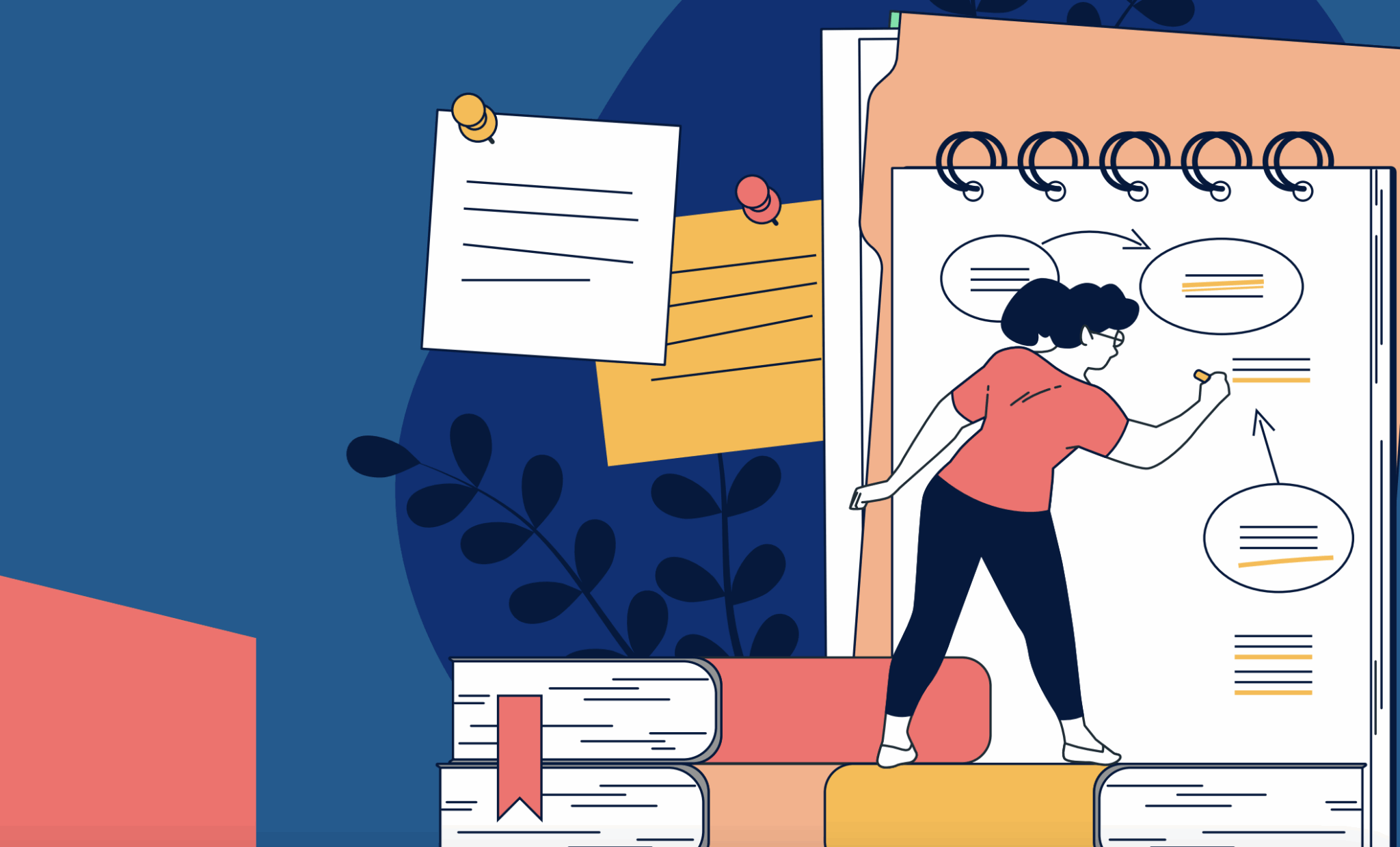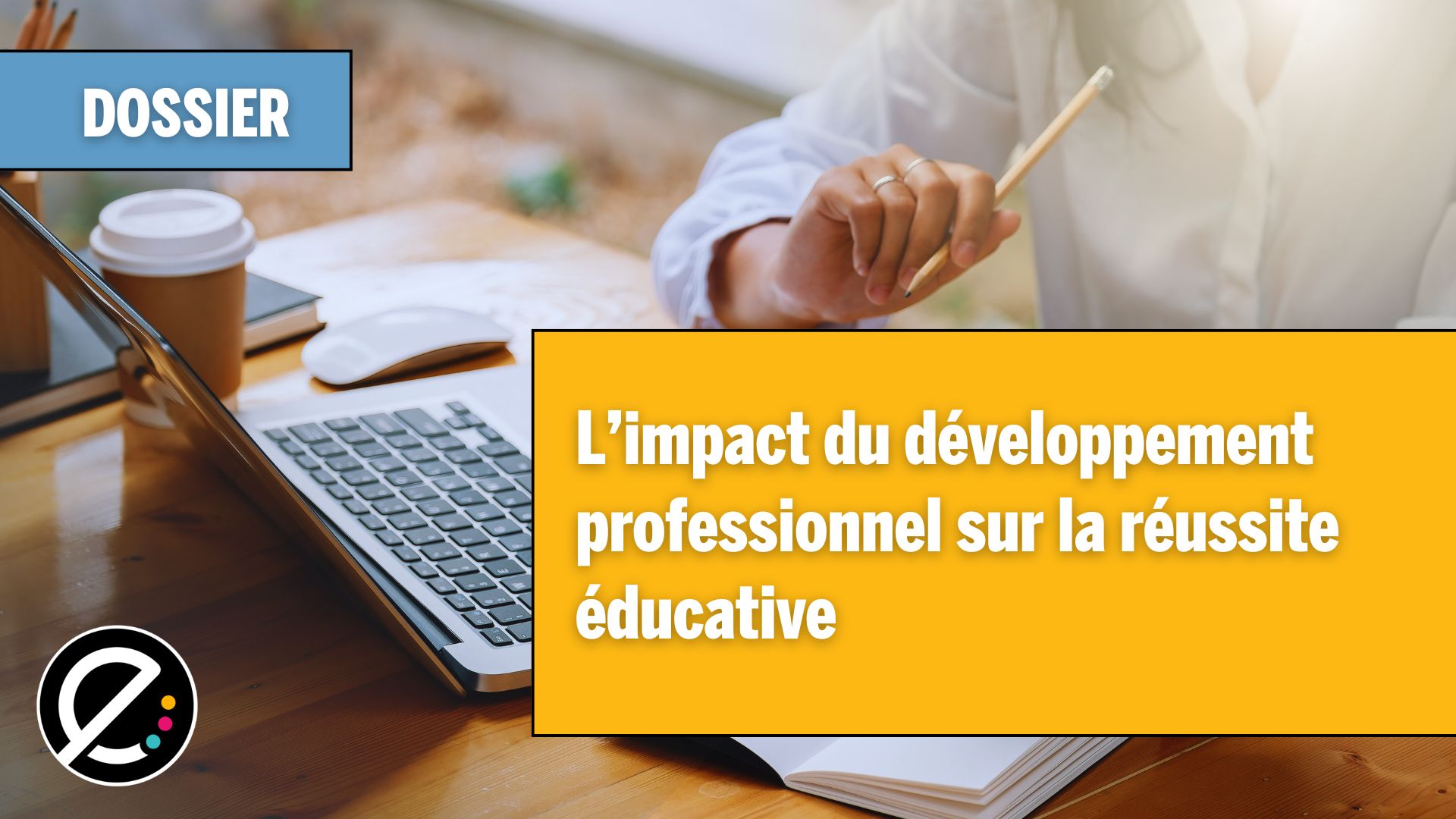On le sait, il est impossible de se souvenir de tout. Toutefois, la mémoire émotive (ce que j’ai aimé) et la mémoire procédurale (les actions posées) sont souvent sollicitées dans la création de souvenirs. Voici une piste pour contourner cet automatisme et stimuler la mémoire sémantique des élèves.
Dans le dernier billet, nous avons vu que les mémoires émotives et procédurales agissent par défaut pour encoder l’information reçue. Mais, comment est-ce que cette connaissance de l’encodage peut nous aider dans notre enseignement quotidien? Comment éviter que les connaissances présentées en classe soient classées sous les catégories d’émotions ou d’action puisque ce n’est pas aidant, voire nuisible, quand vient le temps de rechercher ces notions en mémoire? Comment faire pour guider cet encodage?
L’objectivation
L’objectivation, qui prend la forme de quelques phrases en fin de leçon, permet de guider le type de mémoire qui sera sollicité pour encoder les notions apprises dans le cours. Bien utilisé, l’objectivation permet de guider le type de mémoire à utiliser et de favoriser une mémoire sémantique (par concept) au lieu de la mémoire émotive (par qualité d’expériences, positives ou négatives) ou procédurale (par actions posées).
L’objectivation est d’identifier et nommer les concepts à retenir afin qu’ils soient bien classés dans la mémoire. Je vois l’objectivation un peu comme le classement (mais moins répétitif et beaucoup plus rapide). Afin de bien retrouver nos choses quand nous en aurons besoin, encore faut-il qu’elles soient rangées à un endroit logique que nous retrouverons facilement. L’objectivation, comme le classement, se fait en deux temps. Le premier est de sélectionner l’information essentielle, le second est de le nommer avec un vocabulaire qui favorisera son association aux bons schémas cognitifs.
La sélection
De toute l’information que l’élève a reçue dans la journée ou dans la période, il faut cibler les plus importantes : les notions enseignées. L’élève a écouté des instructions, fait différents exercices, des corrections, pris des notes, manipulé du matériel… Sans guide clair, il se rappellera ce qu’il a fait et s’il a aimé l’activité, et les concepts enseignés seront classés en mémoire selon ces aspects. Il faut donc nommer l’objectif d’apprentissage. Il est possible d’obtenir cette information des élèves par questionnement, le faire prendre en note, le faire souligner ou user de toute autre méthode que vous aurez choisie. L’important est de nommer ce qui a été appris dans la journée ou la période.
Le rangement
Une fois la sélection des éléments importants à retenir faite, il faut savoir où les ranger. À cette fin, le langage choisi est important et doit mettre en relief les notions et objectifs. Les mots choisis doivent donc représenter les notions à se rappeler dans le contexte où elles serviront.
Savoir ce que l’on a appris
Une fois l’objectivation faite avec les élèves, ils seront en mesure de bien identifier les notions, de mieux les intégrer en tant que concepts. De plus, si cette information est mise de l’avant, les élèves à qui nous demanderons ce qu’ils auront appris à l’école auront une réponse! Cette activité permettra à vos élèves de prendre conscience que, dans votre cours, ils apprennent. Non seulement seront-ils conscients de leur apprentissage (métacognition), mais ils seront en mesure de nommer les apprentissages faits.
Afin d’illustrer le tout, prenons l’exemple d’un cours de français où les élèves voient l’accord du participe passé. Sans objectivation, l’élève gardera en mémoire les explications qui étaient colorées au tableau et intéressantes parce que l’enseignant était dynamique et drôle. Il se rappellera aussi le texte qui racontait l’histoire du chien perdu, utilisé pour pratiquer l’accord, et la fin triste où le chien retrouve son maître original donc l’enfant ne peut plus le garder. Il se rappellera aussi le travail d’équipe de correction où il a discuté avec son ami de la nouvelle élève du groupe puisque la discussion était très drôle. Il se rappellera finalement la correction, où il était heureux d’avoir réussi la majorité des réponses. Une fois à la maison, quand il se fera demander ce qu’il a appris ou fait à l’école, la réponse sera probablement « rien » ou « on a fait du travail d’équipe et j’étais placé avec Adam donc c’était bien ».
Une fois à la maison, quand [l’enfant] se fera demander ce qu’il a appris à l’école, la réponse sera probablement « rien » ou « on a fait du travail d’équipe et j’étais placé avec Adam donc c’était bien ».
Si à la fin de la leçon nous ajoutons de l’objectivation où les notions principales sont nommées en classe « aujourd’hui, on a vu l’accord du participe passé avec l’auxiliaire être. On se rappelle qu’il s’accorde avec le sujet en genre (féminin-masculin) et en nombre (singulier ou pluriel). » Ces quelques secondes permettent aux élèves d’organiser les activités sous le chapeau de la notion pratiquée.
L’accès à cette information sera plus rapide et efficace puisqu’elle a été nommée clairement en fonction du concept et de l’essentiel à retenir. Ce même élève à qui on demandera ce qu’il a appris dans la journée sera aussi en mesure de répondre, de nommer les notions, lui faisant prendre un rôle plus actif dans ses apprentissages passant par sa métacognition.
Personnellement, j’aime dire à mes élèves que le cours leur a rendu un double service. Non seulement, ils sont maintenant capables d’utiliser la notion enseignée dans le cours (et, ici, je la nomme), mais quand leurs parents leur demanderont ce qu’ils ont appris dans la journée, ils auront quelque chose à répondre. On fait donc d’une pierre deux coups!
*Notions d’objectivation basée sur les écrits de Bissonnette, S. et Richard, M. (2000) Comment construire des compétences en classe. Chenelière/McGraw-Hill, p. 76-78






